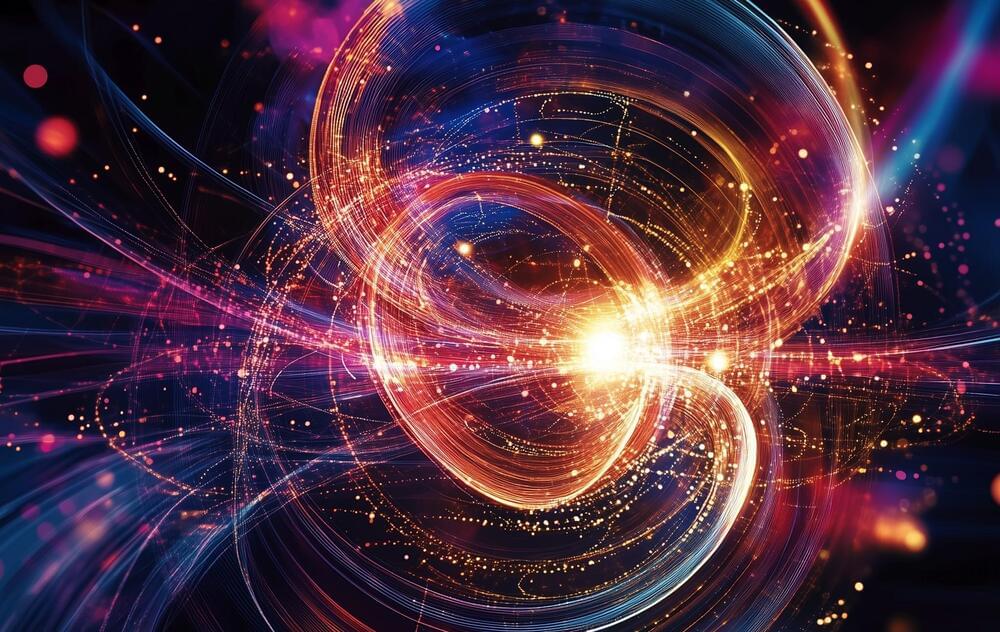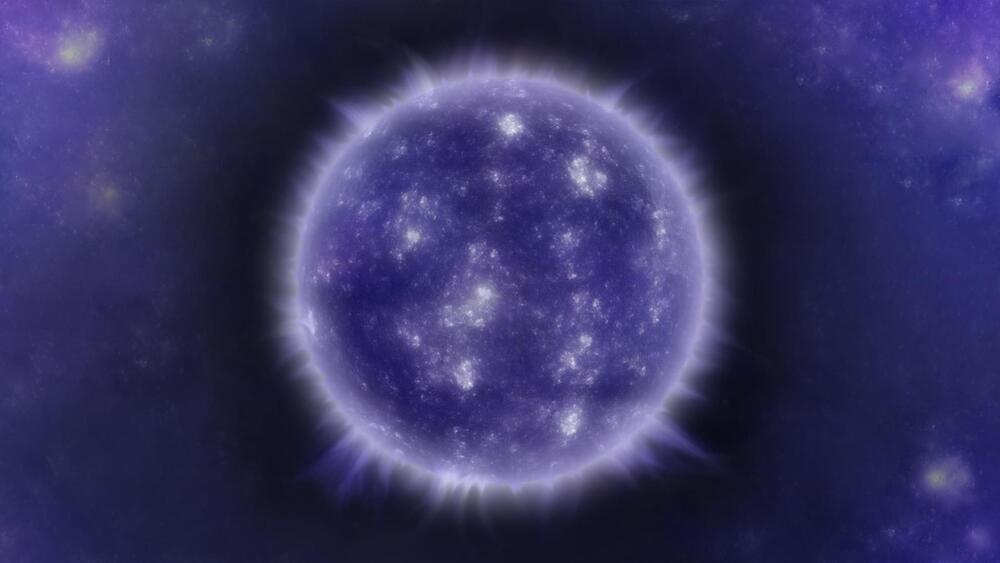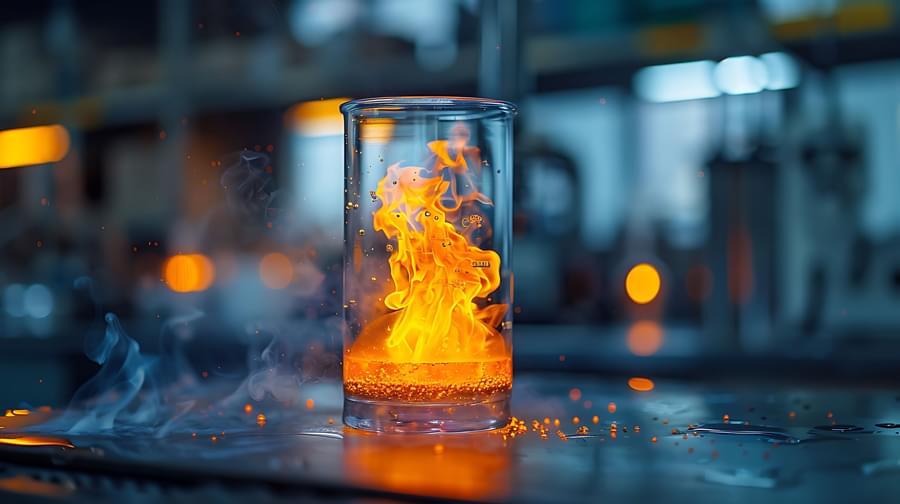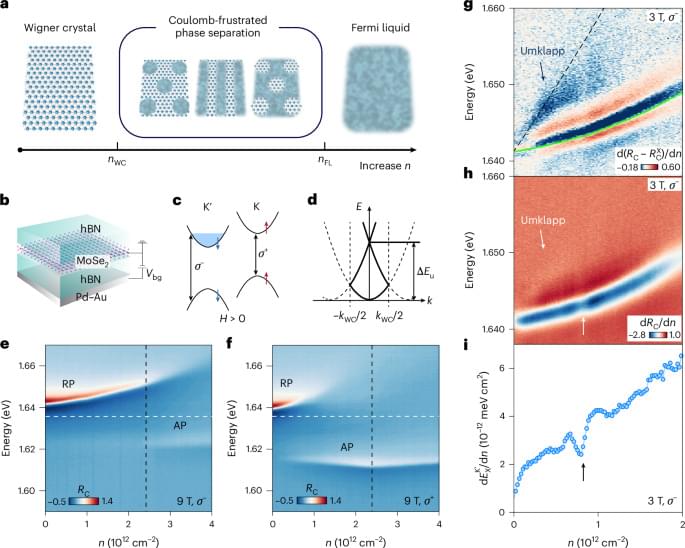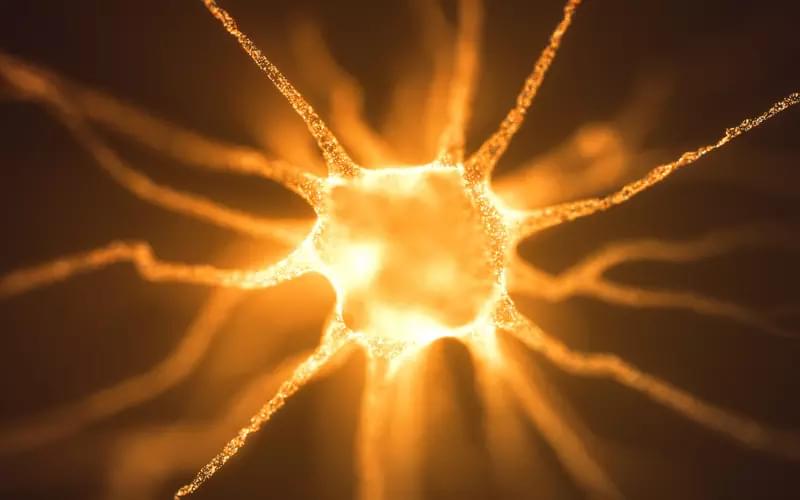PRESS RELEASE — Today, the U.S. Department of Energy (DOE) announced $71 million in funding for 25 projects in high energy physics that will use the emerging technologies of quantum information science to answer fundamental questions about the universe.
This research will develop and deploy innovative solutions for scientific discovery by applying the unique capabilities and features of the quantum world to the challenges of making new discoveries in fundamental physics. Awards funded under this program will advance theories of gravity and spacetime, develop quantum sensors that can see previously undetectable signals, and build pathfinder experiments to demonstrate increased discovery reach in searches for dark matter and other new particles and phenomena.
“Quantum information science is opening up new ways for us to understand and explore the universe,” said Regina Rameika, DOE Associate Director of Science for High Energy Physics. “With these projects, we are supporting scientists in developing quantum technologies that will empower the next generation of theory and experiment in high energy physics.”
